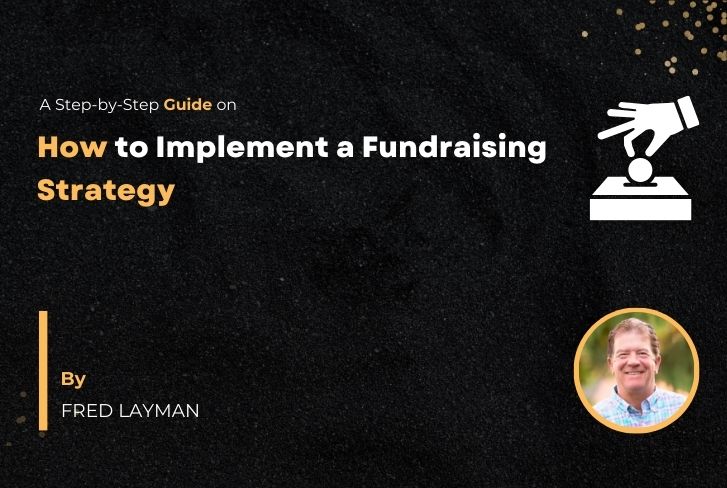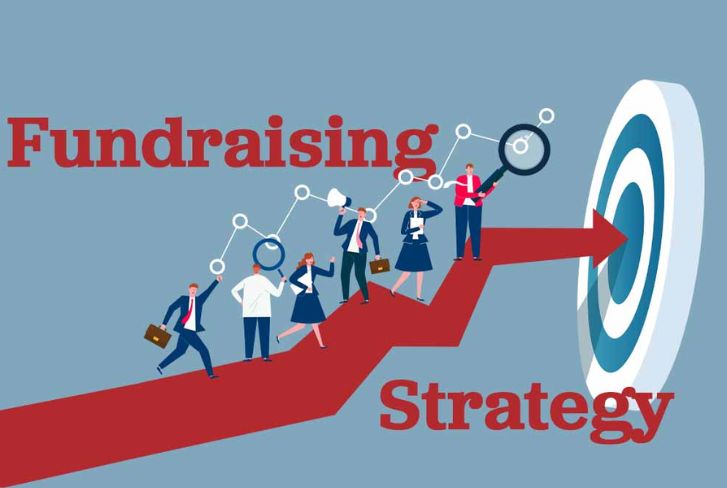Are you struggling to achieve your fundraising goals? Are you unsure of where to start or how to improve your current strategies? In today’s competitive landscape, having a well-defined fundraising strategy is crucial for the success of any organization, whether it’s a nonprofit, a charity, or a community group. In this guide, we’ll walk you through the process of implementing a successful fundraising strategy in eight essential steps.
Set Clear Objectives
Before diving into fundraising activities, it’s essential to define your goals clearly. What do you hope to achieve through fundraising? Whether it’s funding a specific project, expanding your organization’s reach, or increasing awareness, having concrete objectives will guide your efforts and help you measure success.
Know Your Audience
Understanding your target audience is key to crafting effective fundraising campaigns. Who are your potential donors? What motivates them to give? Conduct research to identify their demographics, interests, and giving preferences. Tailor your messaging and approach to resonate with your audience and maximize engagement.
Develop a Compelling Story
People are more likely to support a cause when they feel emotionally connected to it. Craft a compelling narrative that communicates the impact of your organization’s work. Highlight success stories, testimonials, and real-life examples to inspire empathy and encourage donations.
Choose the Right Fundraising Channels
There are various channels and methods for fundraising, including events, online campaigns, direct mail, and corporate partnerships. Select the channels that align with your audience and objectives. Diversifying your fundraising efforts can help reach different donor segments and mitigate risks.
Create a Fundraising Calendar
Organize your fundraising activities into a cohesive calendar to ensure consistency and efficiency. Map out key milestones, events, and campaigns throughout the year. Allocate resources and set deadlines to stay on track and maximize impact.
Cultivate Donor Relationships
Building strong relationships with donors is essential for long-term sustainability. Communicate regularly with your supporters, expressing gratitude and keeping them informed about your organization’s progress. Personalize interactions and make donors feel valued and appreciated.
Monitor and Evaluate Performance
Track the effectiveness of your fundraising efforts through key performance indicators (KPIs) such as donation revenue, donor retention rate, and campaign ROI. Analyze data regularly to identify areas for improvement and optimize your strategy accordingly.
Adapt and Innovate
The fundraising landscape is constantly evolving, so it’s essential to adapt to changing trends and opportunities. Stay informed about emerging technologies, fundraising best practices, and industry developments. Experiment with new approaches and innovative tactics to stay ahead of the curve.
By following these eight steps, you’ll be well-equipped to implement a successful fundraising strategy that drives meaningful results for your organization. Remember, fundraising is not just about raising funds; it’s about building relationships, inspiring action, and making a difference in the lives of others. Start planning your strategy today and embark on the journey towards fundraising success!
Fred Layman – Founder and Chief Operations Officer



